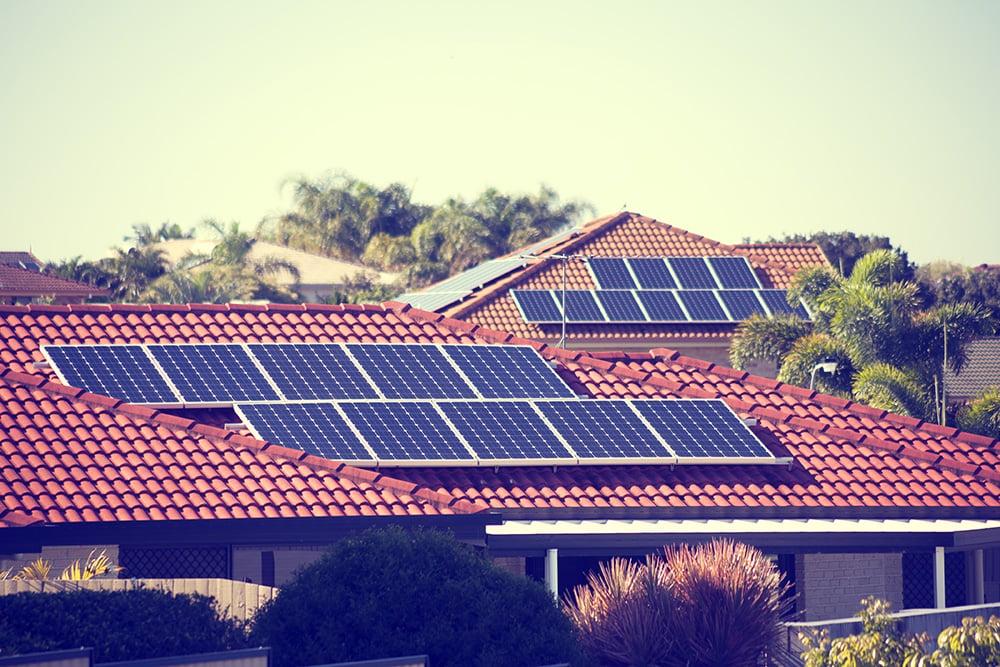
The Australian Renewable Energy Agency (ARENA) has announced a new AU$60 million (US$39.4 million) funding round to bolster research and development (R&D) efforts to achieve ultra-low-cost solar.
The funding will be evenly split between two streams. Stream one will focus on cells and modules, while stream two will lead innovation in balance of systems as well as operation and maintenance.
Try Premium for just $1
- Full premium access for the first month at only $1
- Converts to an annual rate after 30 days unless cancelled
- Cancel anytime during the trial period
Premium Benefits
- Expert industry analysis and interviews
- Digital access to PV Tech Power journal
- Exclusive event discounts
Or get the full Premium subscription right away
Or continue reading this article for free
ARENA said the funding allows Australia’s leading universities, research groups, start-ups, and entrepreneurs to make significant breakthroughs in achieving ARENA’s ultra-low-cost solar vision.
ARENA CEO Darren Miller said solar PV continues to evolve rapidly and remains the backbone of the country’s clean energy transition, highlighting the importance of continued investment.
“ARENA has been at the forefront of investing in solar innovation since the Agency was established 13 years ago and has materially shifted the renewable energy landscape in Australia,” Miller said.
“Demand for renewable electricity is expected to increase significantly as Australia moves towards net zero. Ultra low-cost solar PV is a critical source of electricity to meet this demand and will be a crucial enabler of the energy transition.”
ARENA’s ultra-low-cost solar vision
ARENA’s vision for ultra-low-cost solar comes with a ‘30-30-30’ approach to solar, representing 30% solar module efficiency and an installed cost of 30 cents per watt by 2030, which could help Australia become a renewable energy superpower.
This would mean achieving a levelised cost of electricity below AUS$20 per megawatt hour by 2030.
ARENA has launched several initiatives to help reduce the cost of solar PV in Australia and aid in its ultra-low-cost solar vision. This includes the AU$100 million Solar ScaleUp Challenge initiative, which opened on 19 June 2024.
The initiative invites professionals from across the international solar landscape, such as financiers, solar customers, engineers, and developers, to break down barriers to installing, operating, and maintaining solar PV projects.
As reported by PV Tech last week, Robotics company Luminous became one of the successful companies to have entered the initiative, securing AU$4.9 million (US$3.2 million) to support the deployment of its ‘LUMI’ technology at utility-scale solar PV power plants.
The LUMI robot is an AI-powered pick-and-place solution designed to streamline utility-scale solar construction. It autonomously installs solar modules onto racking structures, enabling onsite workers to finalise the securing process. This reduces manual labour and enhances installation speed, safety and cost-efficiency.
Luminous has partnered with Equans, a global engineering, procurement, and construction firm, to implement LUMI at two utility-scale solar PV power plants in Australia.
These are Neoen’s 440MW Culcairn solar PV plant located in New South Wales and Engie’s 250MW Goorambat East project in Victoria.






